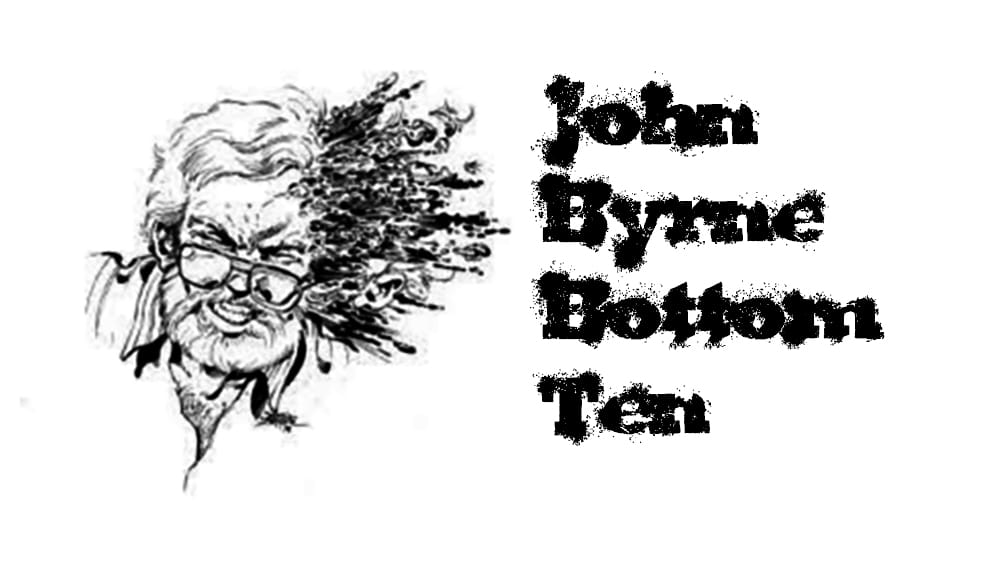The Danger Room and masochism go hand in hand in this ranking of John Byrne’s worst works.
The essence of collapse
The collapse does not happen by itself, it has to happen, and John Byrne has done it bravely for two decades, or worse, has published a series of works of dubious quality. It is probably one of the most infamous and public cases of artistic decline to occur in the North American comics industry. In most cases, screenwriters and cartoonists have a period of professional success that can last 10 to 20 years. The most common (but not the only) route is this: after gaining experience with small publishers and small collections, writers move on to the cutting-edge collections of Marvel and DC, and then gradually move on to independent publishers or their own projects. less success, in many cases even seeking other artistic fields or focusing almost exclusively on commissioning. The same usually happens in terms of the script. There’s Brian Bendis, who moved from a main screenwriter at Marvel to another screenwriter at DC, and is now more focused on his projects at Dark Horse. It’s almost always a controlled collapse, and something that Byrne didn’t, outside of the mainstream spotlight, pushed Marvel, and DC in particular, away from the worst of its production in the ’90s and part of the 2000s. It was like watching an accident in slow motion. The list below shows works that mark the decline of John Byrne, most prevalent in the 1970s and 1980s. Don’t pay too much attention to order, because who can bring order to hell?
10. Creation (1997)
DC commissioned Byrne for the awesome 1997 crossover, which he built around a 4-issue miniseries with illustrations by Ron Wagner and covers by Alan Davis (the only thing to salvage) and 23 issues from various collections. The story is about a “divine wave” that in its first passage through the universe creates gods, in the second it creates demigods and metahumans, and in its third it destroys or affects the powers of the heroes. They could not miss Darkseid and his desire to dominate the powers of the Gulf. definitely A Squire Crisis aimed at changing the canon of the DC Universe, ending with Darkseid once again becoming part of the Profound Wall and that everyone forgot as soon as it was published.
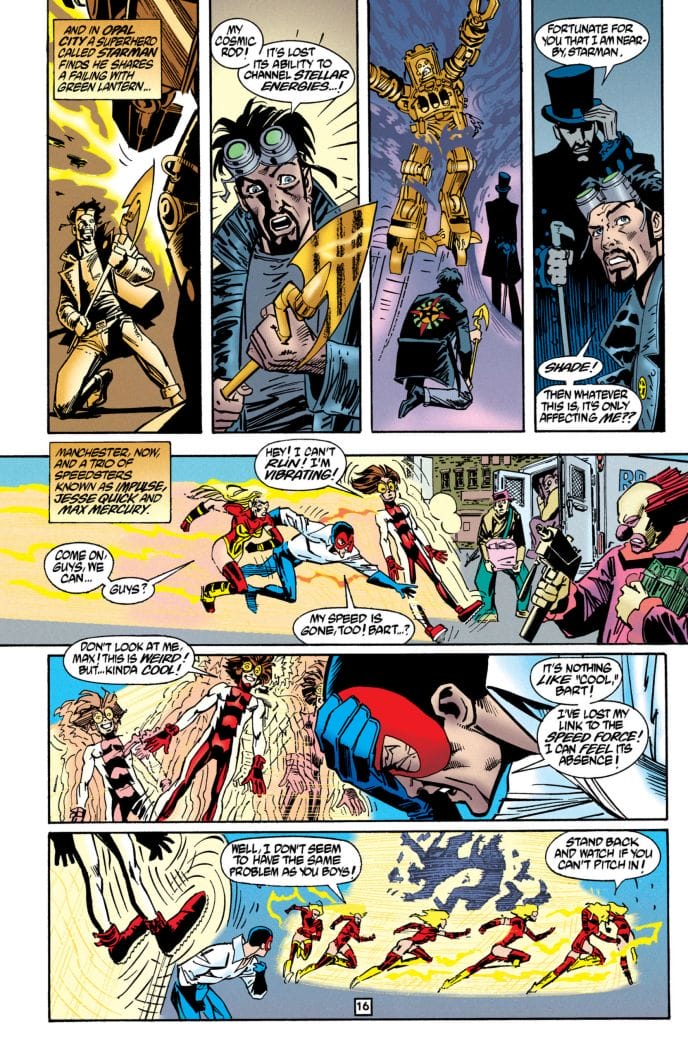
9. Star Trek Photo Novels (2014-2018)
Byrne has been a fan of Star Trek since watching the original series as a teenager, and the Fantastic Four owes a lot to that love. photonovels for IDW featuring original stories made from still images from the original series who Photoshops without any embarrassment or expertise. You have to see them to believe them.
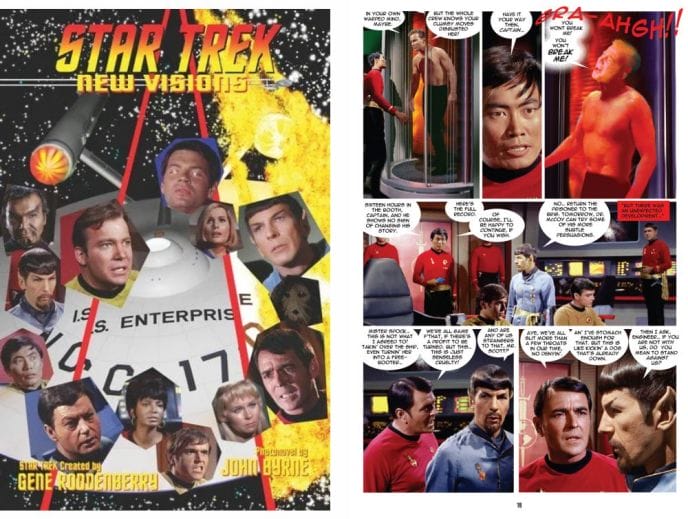
8. My Baby (1995)
baby It was one of Byrne’s creations for Dark Horse. Mythand yet it was an effort to maintain his success and charisma. sensational female hulk, without buying one or the other, even if I try from the cover. Babe tells the story of an amnesiac, amnesiac superwoman who can only say “Baby” and ends up meeting five different women who are in a plane crash. The script has no head or tail, but artistically it leaves a lot to be desired, with pages with floating talking heads or black silhouettes of characters. As guests, Abe Sapiens from Hellboy or Musarañoide, aka the Mole Man Monkey Man and O’Brien.
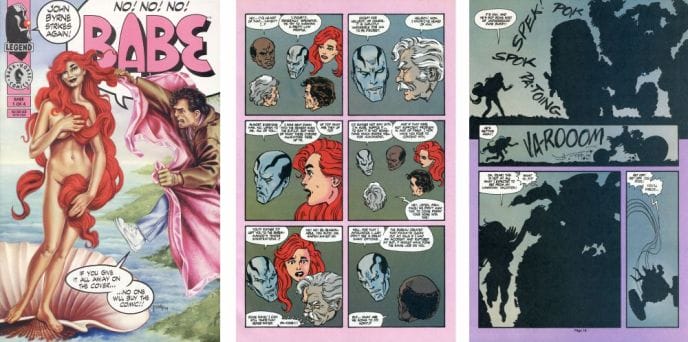
7. Doom Patrol Volume 4 (2004-2006)
Byrne leveraged his saga at the JLA with Chris Claremont to deliver a remake of the original Doom Patrol, in which he added some characters from the late ’60s (see below). Vortex, Nudge, Grunt, and Faith made it inconspicuously for the event, and after 18 issues of this boring series, no one came back to pick it up. Not surprisingly, Byrne avoided and contradicted previous versions of the Patrol as much as possible, especially Grant Morrison’s versions.and we suspect he is trying to make sure that all of the above remains a dream.
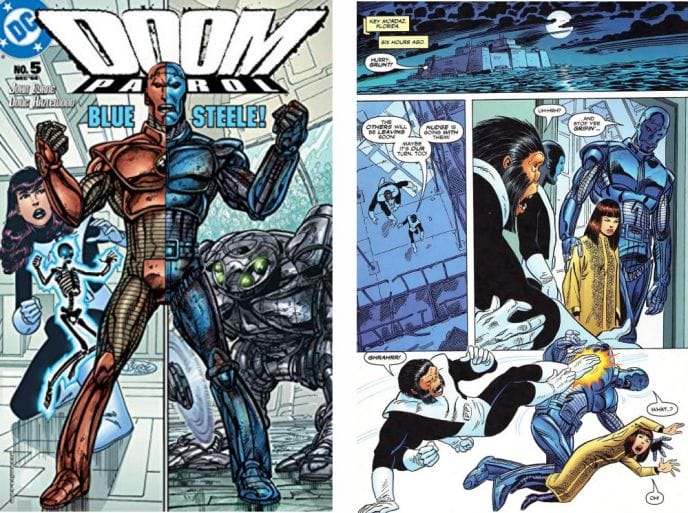
6. The Fourth World of Jack Kirby (1997-1998)
We all know that Byrne has declared himself to be the sole figure of Kirbyan essences and shows it no more than this masthead who claims to be that of the Fourth World where Jack Kirby writes, draws, inks and labels everything. Even though some of the issues are, in his modesty, he left the covers to Walt Simonson. Despite traces of the great cartoonist Byrne, the series is still a mess that continues to revolve around Kirbyan mythologies. The insult is that between 2000 and 2002 Simonson himself made a great series called Orion (plain), which made the world and Kirby’s characters greener. Byrne, meanwhile, pulled out a number one.
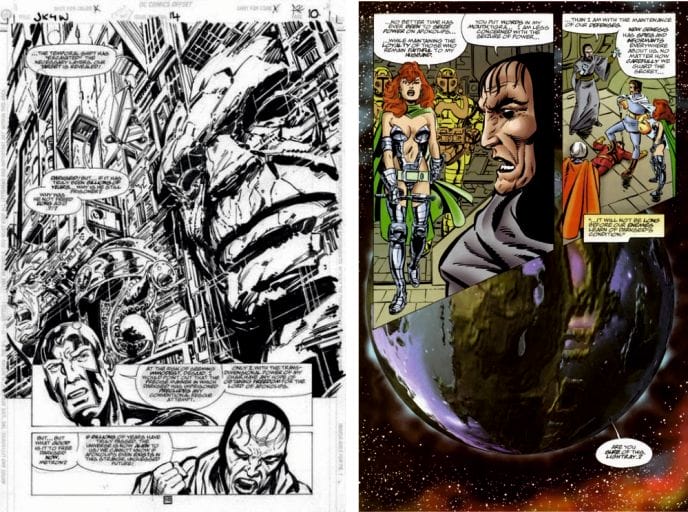
5. JLA 94-99 (2004)
24 years after X-Men, DC has accomplished the unthinkable by reuniting Chris Claremont and John Byrne for a six-song epic that pits the JLA against a gathering of vampires. The host hates the phrase “the past was always better” because it’s a lie…almost always. The unfinished script and the drawing by an uninspired Jerry Ordway are terrible.Emphasizing the misuse of the image in the composition of the vignettes is something that is the best way to avoid drawing the background, as Carlos Pacheco explained to me, it is enough to draw the ground.
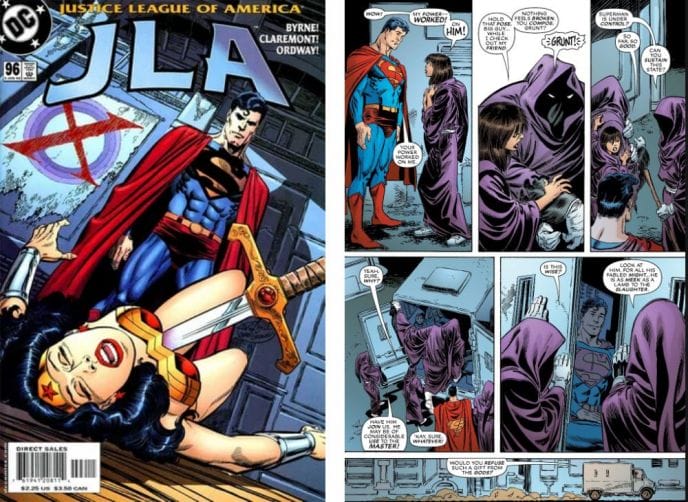
4. Superman The Real British (2004)
What better idea than adding a British cartoonist to the Superman parody created by Monty Python’s legendary John Cleese and the band’s author and biographer, Kim Johnson? This is the only explanation we can think of for Byrne’s inclusion. This unfunny concoction where we suspect Cleese’s intervention is tea with Johnson?Focusing on English topics already outdated in the 1960s and pushed forward by the left by TV shows like Little Britain today, and disregarding the anatomy and proportion that had been Byrne’s trademark for several years. And how it hurts me that there is nothing I love more than a good parody. Especially if it’s intentional.
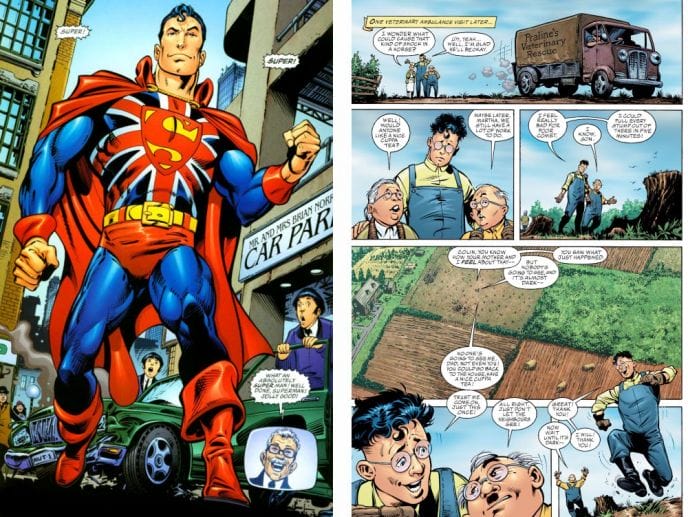
3. Wonder Woman (1995-1998)
In her second phase at DC, a Byrne, still confident in her ability to bring a new shine to classic characters, took on the Wonder Woman series 101 to 136 after the end of William’s extraordinary phase. Mike Deodato Jr. However, the fact that the first epic is played by characters from the Fourth World and the villain of the second epic is Morgana, the Demon’s nemesis, suggests that Kirby wanted to take over his characters, which, as we’ve seen, he had succeeded. a few years later and Using Princess Diana was an excuse to tell stories that had little to do with her.. It was also the firefighter’s idea for Diana’s mother, Hippolyta, to replace her daughter as Wonder Woman in the past and present as a member of the JSA, creating even more chaos of continuity in the complex Post-Crisis DC Story. Specially deserves the headband, which references Wonder Woman’s one-mile-long forehead and whose hair has never been pulled so badly. At least this scene gave us the character Cassie Sandsmark, the new Wonder Girl created by Byrne.
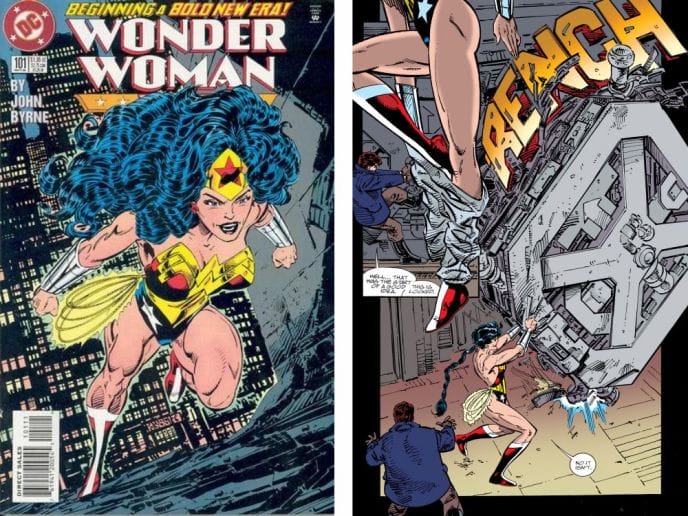
2. The X Patrol: The Lost Years (1999-2001)
A bit of editorial context: The original X-Men series was canceled at issue 66 despite the hard efforts of Roy Thomas and Neal Adams, and throughout issue 93, the collection continued to reprint original material from issue 94. The new Second Genesis version of Wein, Claremont and Cockrum. During this time, the characters were featured in several collections, but their adventures as a group went nowhere, Byrne decided to fix it with this “lost years” collection, whose plan was to publish 28 issues. 70 As we have seen and shall see, Byrne’s main motif at the turn of the century was the resurgence of teenage comics, which hinted at how little relevance it was to those published in the past 90 years. The result in this case was disastrous, for many boring adventures and worse, for someone who wants to present themselves as guardians of essences, to do silly things like letting the original Patrol interact with a young Stormtrooper, destroying the continuity of the character. . While Byrne boasted that he had ideas for 100 songs that would be related to the mutant Second Genesis, Jemas and Quesada’s revolution left the 21-song collection to the ire of a Byrne who had never worked with Marvel again… the joy of Quesada.
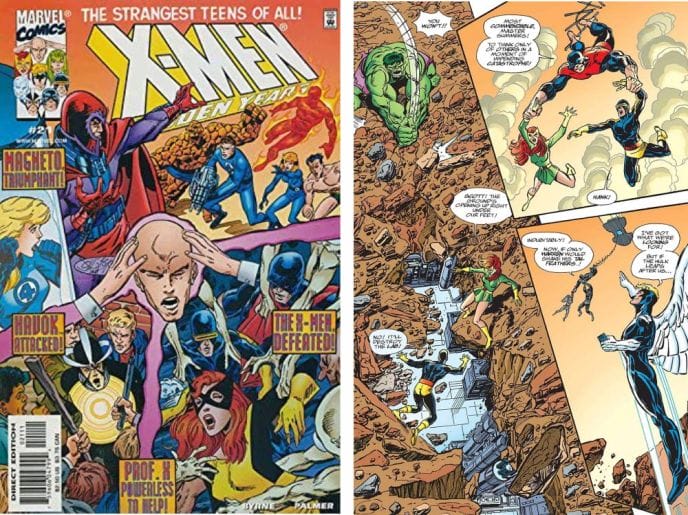
1. Spider-Man: Part One (1998)
Spider-Man was so lost in the bullshit of The Clone Legend that Bob Harras decided the character needed a fresh new start, telling his origins and bringing him closer to the reader of the century. The thing is, Spider-Man had no issues with his parenting, which is one of the most perfect in the history of the genre, and readers haven’t complained in the slightest about how outdated the details of his parenting might be, because that’s the gist of it. universal and timeless. However, Harras thought otherwise and decided to entrust it to his so-called “self-expert”, yes it was the 80’s but that was a different time and the new century required different things. Byrne devoted himself to recounting Spider-Man’s origin as if it happened in the 80s, and in this version, his uncles gave him a microscope, they gave him a personal computer. This detail shows what is wrong with this version: It contains such circular detail that it would be obsolete a decade later, and in this case they replaced a microscope with an inconspicuous computer that says a lot about Peter’s scientific character.
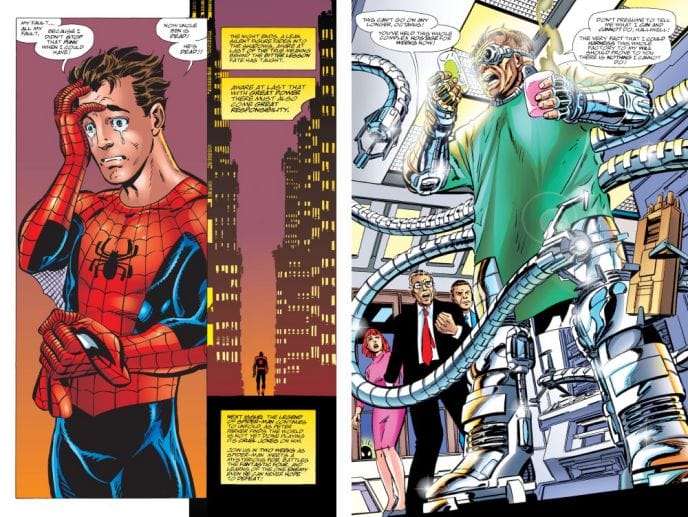
Byrne stayed in the superficial details, ignoring the fundamentals. If we add something to this scary character redesigns and a draw where proportions leave a lot to be desired, Green Goblin looks like a Funko (Íñigo Rodríguez dixit), this work deserves to dwell in the depths of John Byrne’s production. Two details: Byrne has joined forces with Howard Mackie (another dancer) in a new series from the wall-crawler that follows the notorious trail of this 13-issue series where he performed 18 songs. Worse still, the year 2000 was the year of Ultimate Spider-Man, where Bendis and Bagley met with Byrne’s sadly dropped note and presented a revamped Spider-Man for the 21st century.
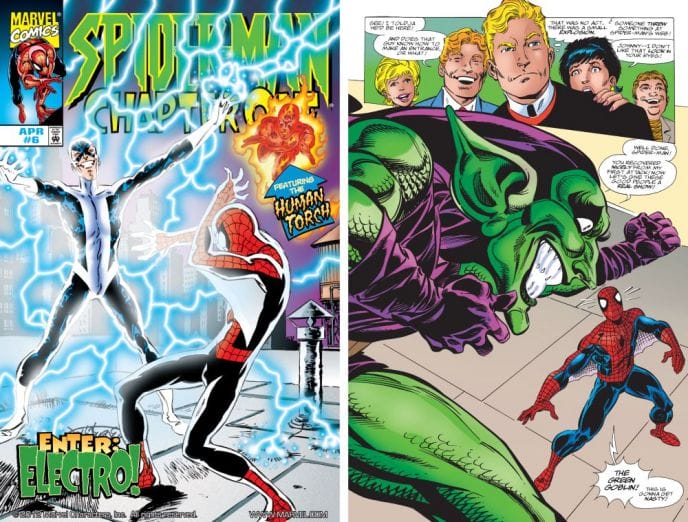
Can the artist’s work be separated? Possible. Can an artist’s work be divided into good and bad work? I already think it’s possible. Can you love an artist for his good work and feel sorry for his bad? What we do in the two articles we dedicate to the work of John Byrne not only can, but also should, and you can find the first one here.

